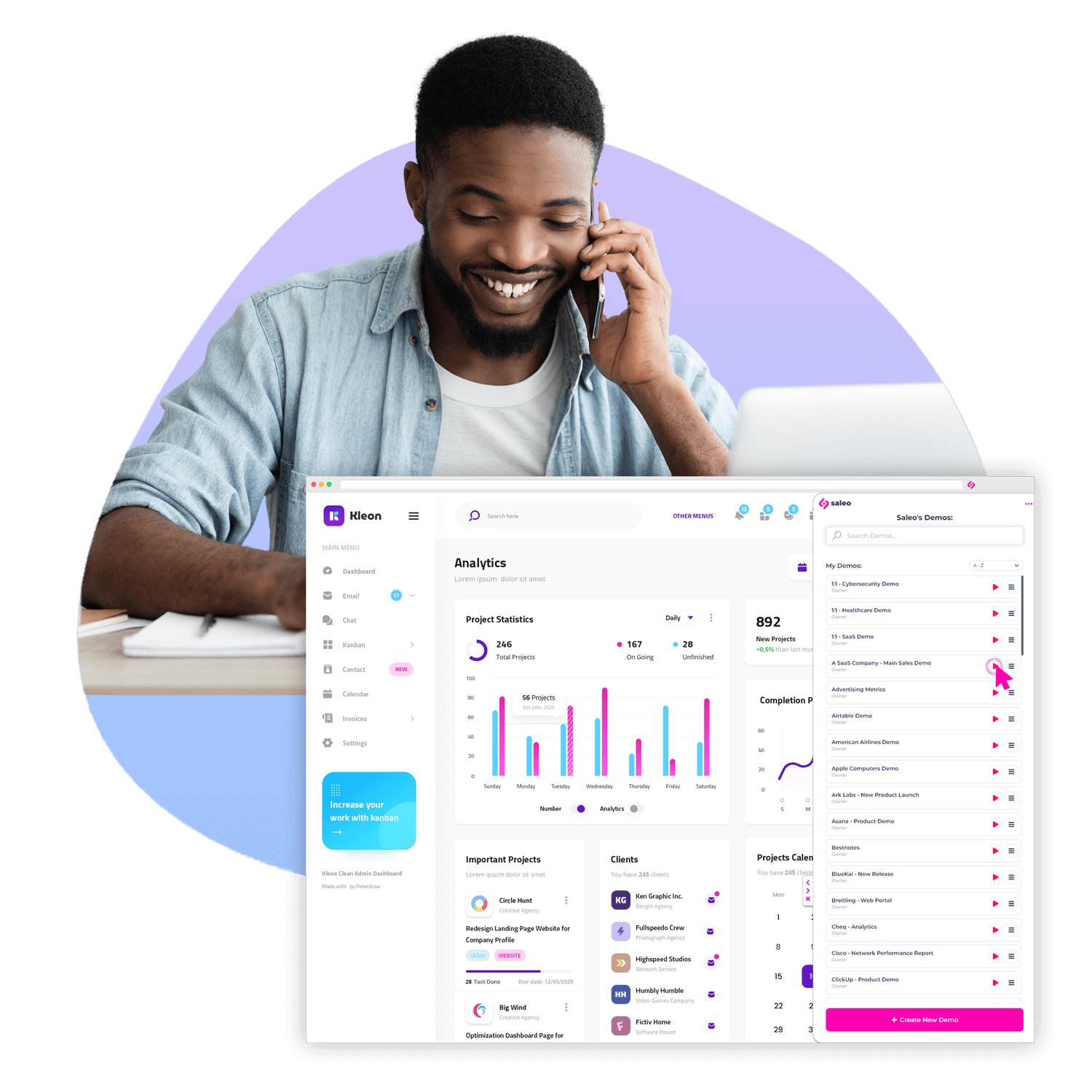Understanding users’ product experiences is essential for developing the best product. You can achieve this by measuring the right product experience metrics, which measure the overall success and effectiveness of your product.
Many different product experience metrics exist. When monitored together, they help you gain a complete overview of how customers are interacting with your product, and how valuable your product is to customers.
This can help you identify the most meaningful areas of improvement!
So, if you want to enhance your products and boost the customer experience, here are some of the most important product experience metrics you should monitor.
Top Product Experience Metrics
1. User Engagement
When it comes to monitoring product experience metrics, one of the most important things to pay attention to is user engagement.
Engagement is one of the main signals of a successful product. The more engaged your users are across the entire product lifecycle, the better your product is performing. User engagement metrics look at how users are engaging with your product and what kind of experiences they are having.
Various user engagement metrics exist. These include the amount of time spent using the product, how frequently people use the product, or the number of actions or features that are used.
It’s a good idea to monitor a variety of different user engagement metrics. This can help you gain a complete picture of how active users are in engaging with your product, which typically shows whether they find value in the product.
2. Customer Satisfaction
If you want to monitor the most meaningful product experience metrics, then you need to understand how customers are getting value from the product. This is what customer satisfaction (CSAT) metrics are all about.
These metrics aim to monitor and measure customer satisfaction with the product experience. As this can be quite specific based on the product, CSAT metrics are generally obtained through surveys or feedback forms that ask customers to rate their satisfaction levels on a scale. This can help you obtain a general customer satisfaction score, which you can use to gradually improve the product experience.
Of course, you can also ask customers for specific feedback and advice on your product. This can help you make more meaningful changes and product improvements.
3. Net Promoter Score
The Net Promoter Score (NPS) is one of the most commonly used product experience metrics. This metric is used to measure customer loyalty and how likely customers are to recommend your product to others. NPS is closely tied to other customer satisfaction metrics.
To gather NPS information, all you need to do is ask customers the question, “How likely are you to recommend our product to others?”
Customers will generally choose from a ‘very likely’ or ‘unlikely’ set of answers or respond on a scale of 0 to 10.
Based on the user’s response, they are classified as either promoters, passives, or detractors. This is a valuable metric for helping you understand overall customer satisfaction and advocacy levels.
After all, 77% of individuals are more likely to buy a product if people they know recommend it. So, developing a strong NPS can be highly valuable for your product.
4. Churn Rate
The churn rate refers to the rate at which customers stop using your product or cancel their product subscriptions. This is one of the most valuable customer experience metrics to help boost retention, which is especially important for businesses that rely on monthly recurring revenue (MRR).
High churn rates are a clear indicator that the product doesn’t offer enough value, or that customers aren’t satisfied with their product experience. Low churn rates show product stickiness and reveal that customers are finding the product useful.
If churn rates are high, it’s a good idea to focus on your customer success teams and engage with customers about their experiences and why they’re canceling subscriptions.
5. Retention Rate
Your churn rate is measured against the retention rate. This metric measures the percentage of customers who continue to use your product and stay engaged over time. This is one of the most important product experience metrics for understanding customer loyalty and how much long-term value customers are getting from your product.
Low retention rates will lead to high churn rates, which, as we have already established, are not beneficial. High retention rates reveal product stickiness and that users are finding ongoing value in your product.
6. Conversion Rate
The conversion rate is an important metric to track across the entire product journey, including your marketing and sales efforts.
This product experience metric monitors the percentage of users who act in the way you want them to. This can include booking a product demo, signing up for a free trial, or making a purchase.
Monitoring your conversion rates is essential for understanding how effective your product is at driving the behaviors and actions that you want. By understanding conversion rates across the customer journey, you can identify possible areas of friction or opportunities for optimizing the customer experience.
7. User Experience Metrics
User experience (UX) and product experience metrics are closely tied together.
UX metrics measure how easily people use your product, and how enjoyable this usage is. The metrics can cover the error rate in your product, how long it takes to complete certain tasks, task success rate, or user satisfaction with your product interface.
Monitoring UX metrics helps you identify possible pain points in the user journey, which is necessary for optimizing the overall user experience more strategically.
Conclusion
By paying attention to these product experience metrics, you’ll develop a solid understanding of how customers are experiencing your product across the entire product lifecycle. This will help you continually improve and refine the product experience for better results.
Without measuring the right product experience metrics, you won’t be able to make informed decisions around customer satisfaction, product engagement, and customer retention. These are all key areas to get right if you want to boost your product’s popularity, increase your customer base, and generate more product sales.
One way to boost the product experience is to offer a great sales demo. Consider using Saleo to create captivating demos your prospects will love!





